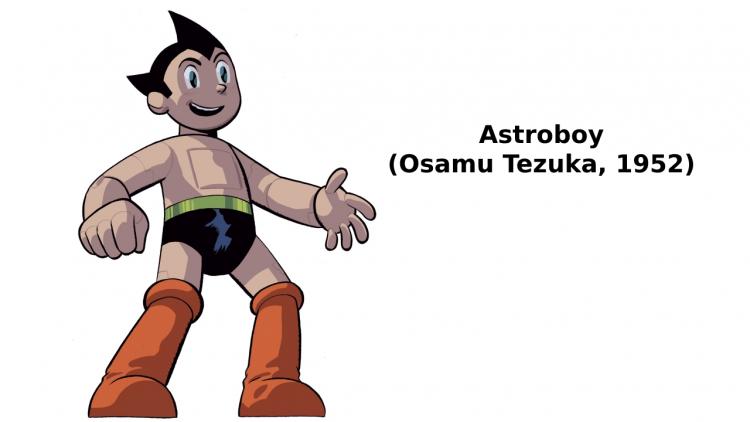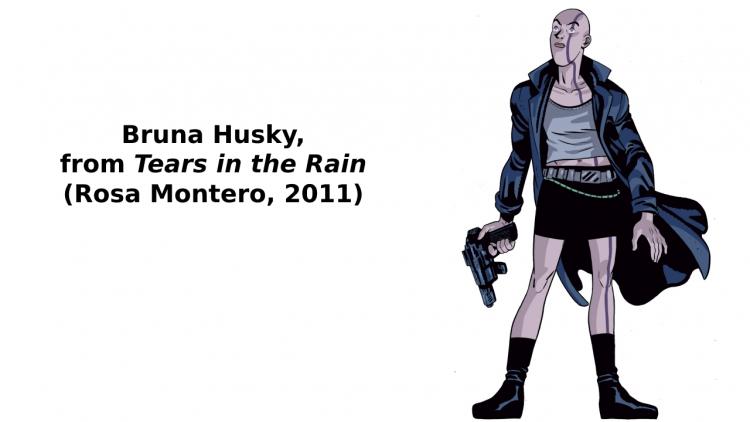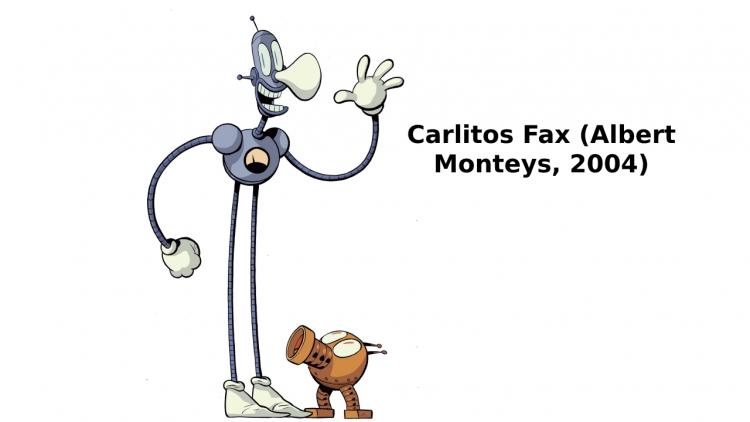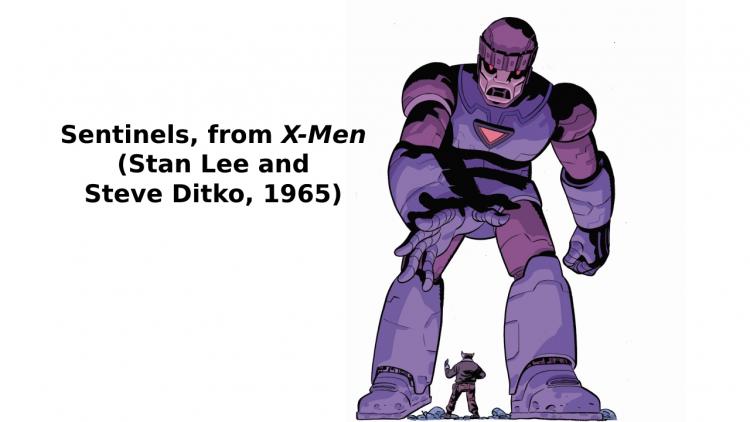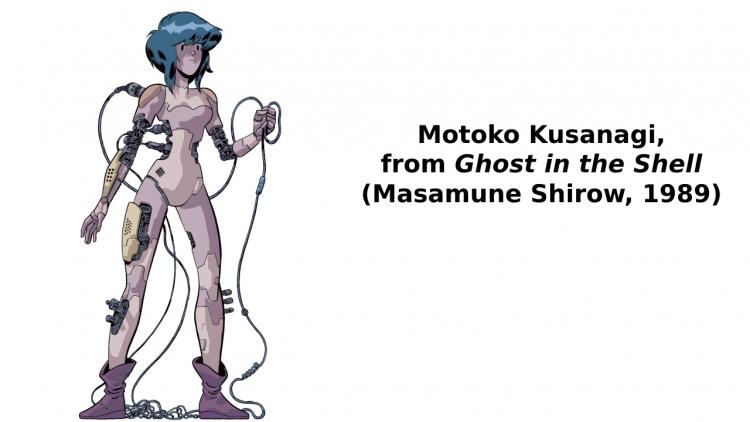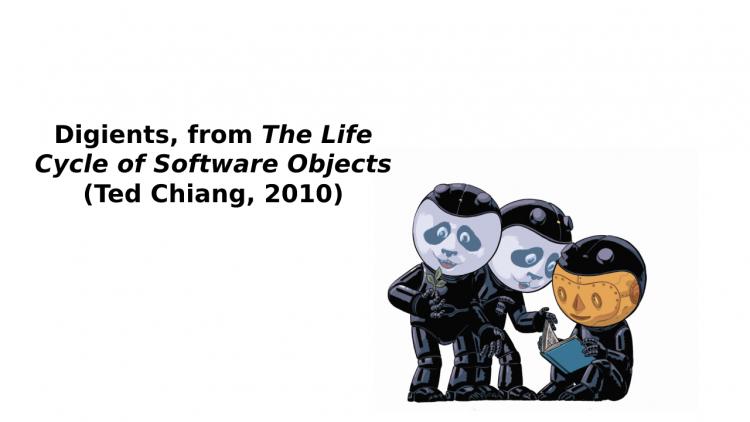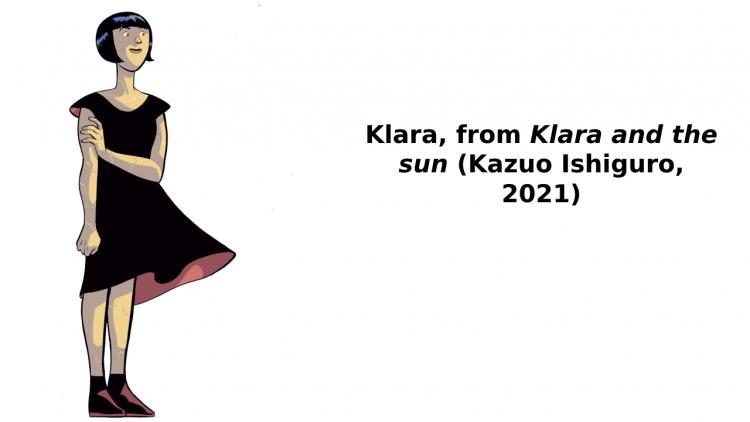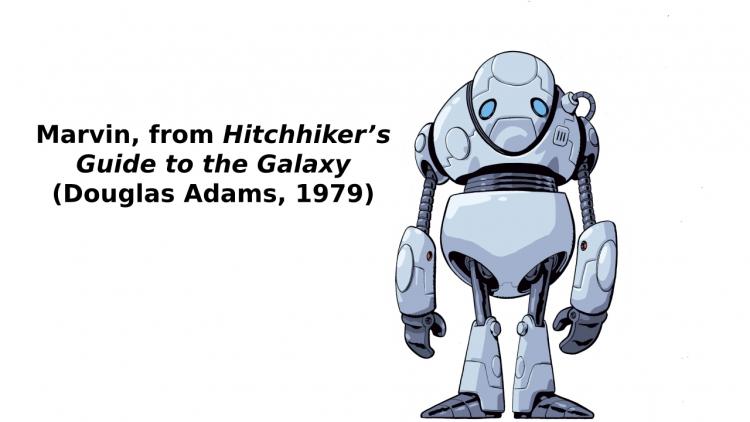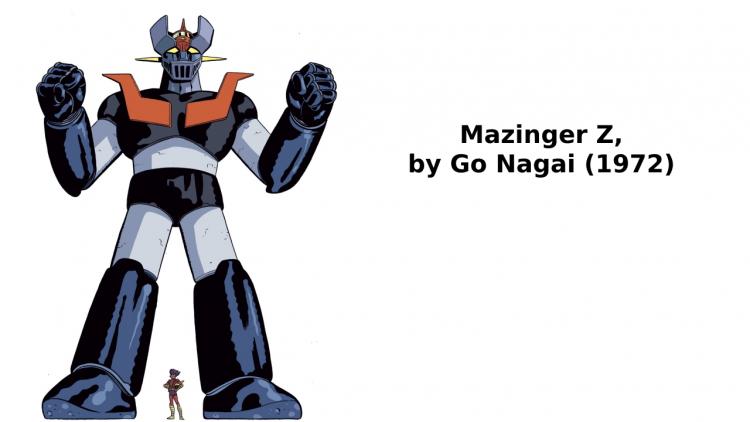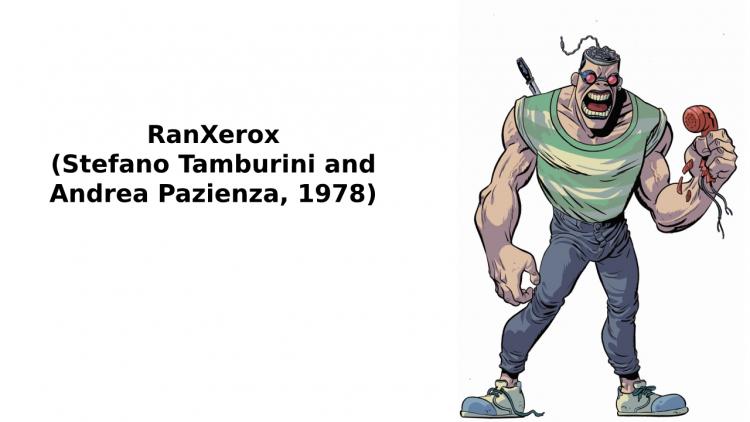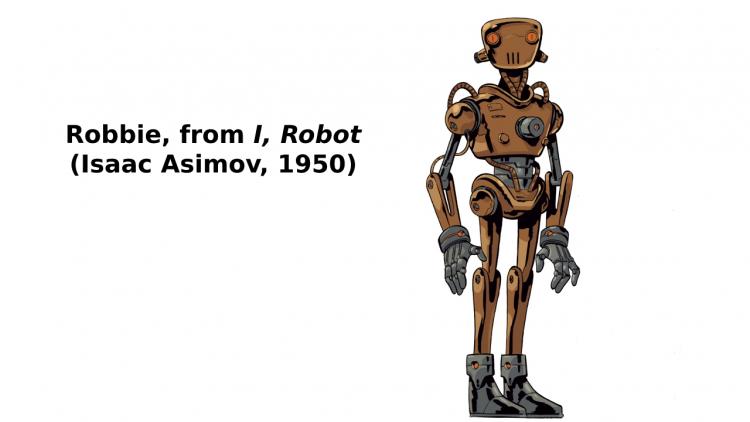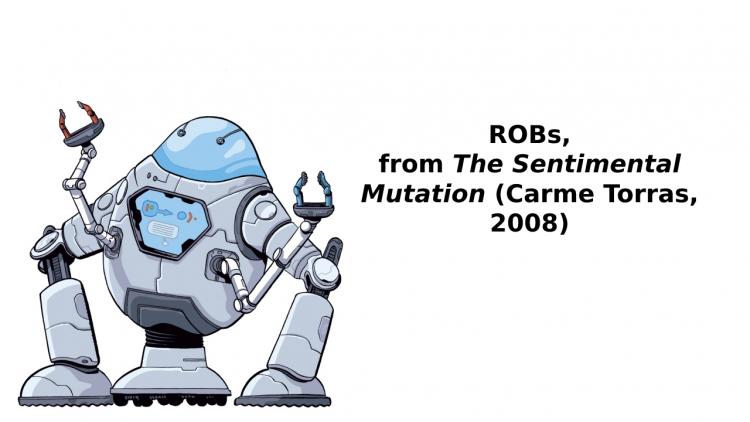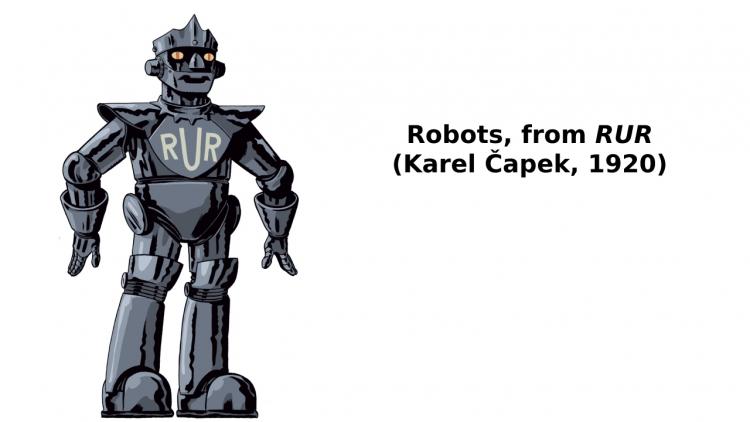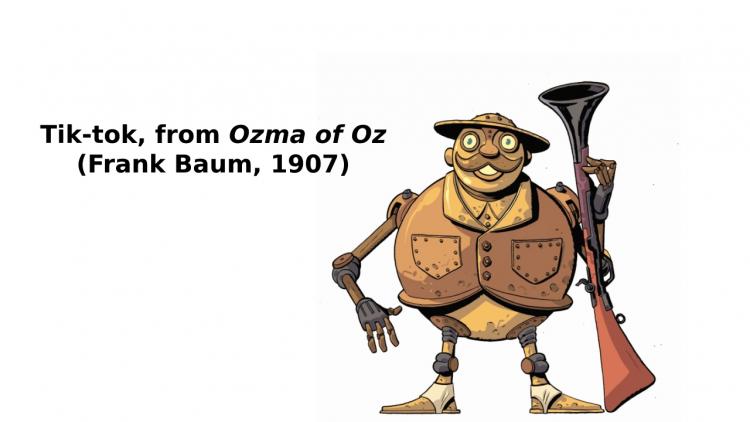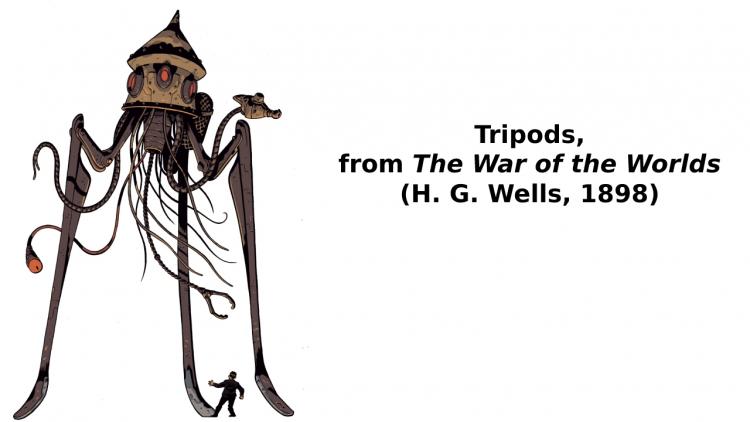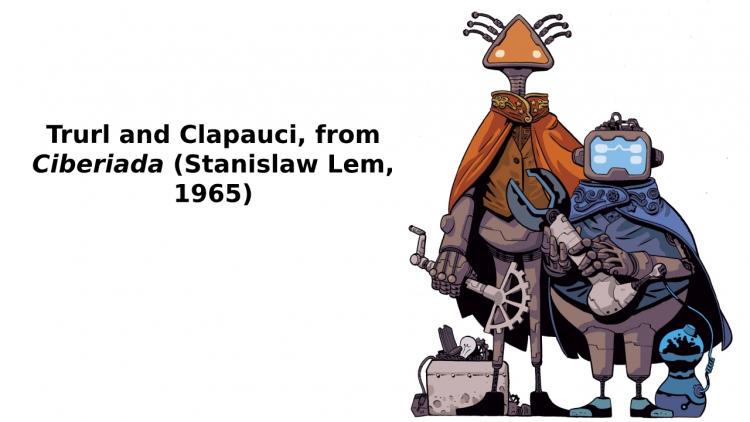Robot dreams: 100 years of imagining artificial beings
Why are we attracted to robots? This year is the centenary of the creation of the word to Karel Čapek’s play RUR, but even before we had the word there were stories about automatons, about sculptures with a life of their own; stories that don’t have robots, but actually do. What atavistic fears govern us from within? In this exhibition on literary robots – let’s leave the cinematographic ones for another day – we consider this question as we take a look at some of the most representative of the many things we understand by robot.
Perhaps they fascinate us because they are beings created by us, and that makes us, in a way, gods. But we all know that the destiny is always to rebel against the creator, to kill the father, to kill God. We like to be Nietzschean, but at the same time we are afraid of the consequences.
Asimov created his three laws of robotics to guarantee our safety from this eventual rebellion, but time and again we come across stories where robots break one of them. They are our slaves, but they always end up rebelling against their masters, against us.
Maybe, deep down, it’s just the old Frankenstein syndrome knocking at the door. The fear of technology. Our Luddite spirit that waits in hiding for any opportunity to reappear. But it is also possible that the real fear is with ourselves: robots resemble us, but they are different. They are a mechanism of estrangement, a way of seeing us from a distance, with our virtues, but also with our many faults.
For whatever reason, the reality is that robots are all around us and we find them everywhere, both in reality, working in our factories or cleaning our floors at home, and in fiction. They are an icon of popular culture on a par with Dracula, the werewolf or zombies. Other beings that are like us and at the same time are not.
Laws of Robotics (I, Robot, by Isaac Asimov, 1950)
1. A robot cannot harm a human or, by its inaction, allow a human to be harmed.
2. A robot must obey orders it receives from a human, unless they contradict the First Law.
3. A robot must protect its own existence, so long as this protection does not conflict with the First or Second Law.
Robotics Manual. 56th edition. 2058.
Exhibition credits
Drawings: Albert Monteys
Texts and selection: Susana Vallejo and Sergi Viciana
Created by: Sundisa
Organisation: Institut de Cultura. Ajuntament de Barcelona.

